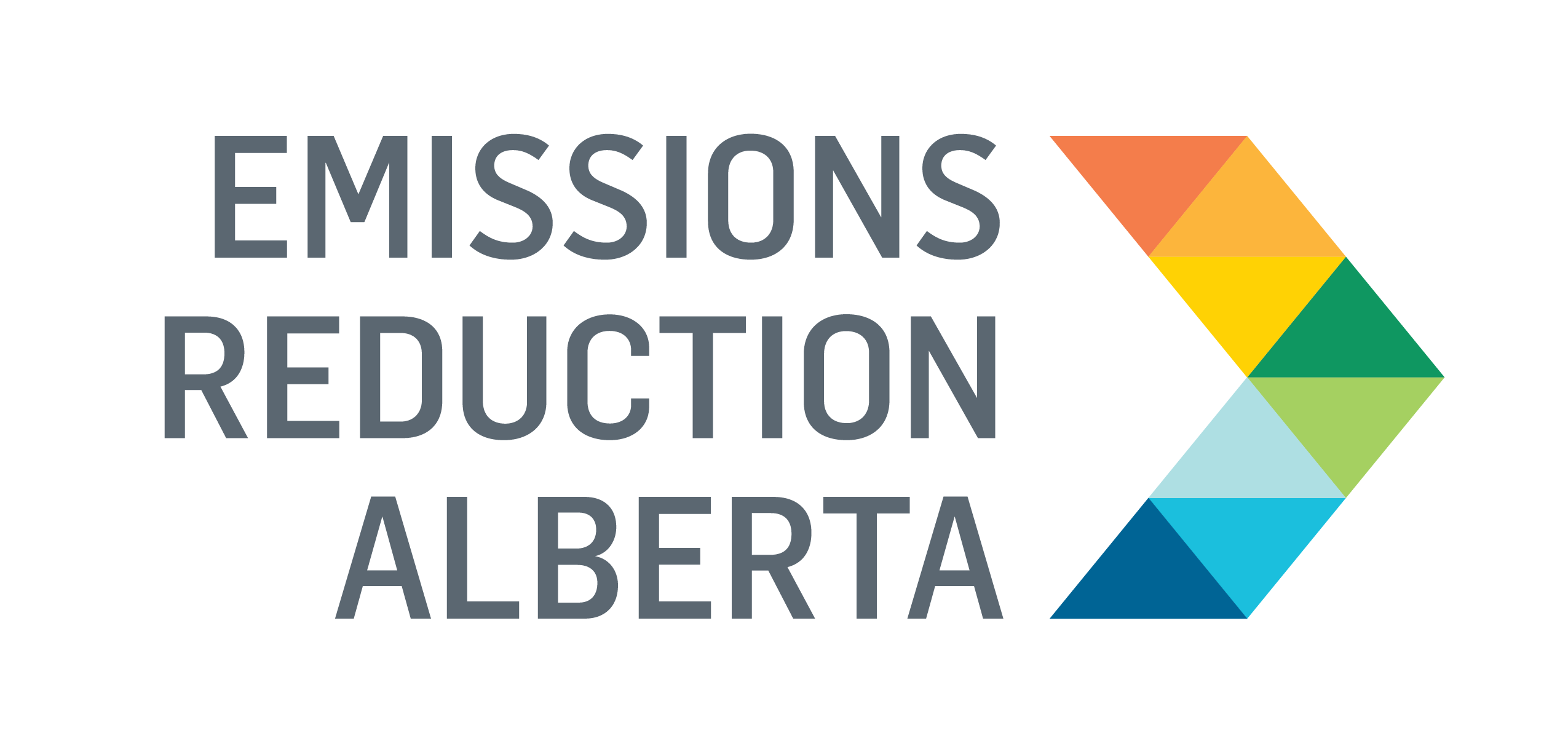Developing a Novel CO2 and Wastewater Conversion Technology
Funded through Round 1 of ERA’s Grand Challenge: Innovative Carbon Uses, the University of British Columbia created a new technology that turns waste carbon dioxide and salty wastewater into useful chemicals and clean water for oil and gas operations. The project was funded in 2014 and successfully built and tested at pilot scale, and led to the creation of a new company, Mangrove Water Technologies.
The technology uses electricity and special membranes to create a chemical reaction to remove CO2 from waste gases and turn it into useful chemicals like sodium carbonate and hydrochloric acid. What makes this approach novel is its ability to create a closed-loop, on-site solution that reduces both water use and emissions. Unlike traditional systems that treat CO2 and wastewater separately, this technology combines both processes, creating marketable oilfield chemicals. By integrating this process with wastewater treatment at oil and gas sites, the system prevents CO2 emissions at the source while also reducing the need to transport water and chemicals, further lowering the carbon footprint of operations. The system was successfully scaled from lab to a pilot plant capable of treating 25 barrels of wastewater per day, and can treat 25 barrels of wastewater and remove 100 kg of CO2 each day.
Demonstrating Scalability and Strengthening the Case for Commercial Deployment
The project provided important insights into the technical and commercial readiness of the technology. One key lesson was that the system could be successfully scaled up from a small lab setup to a pilot plant without losing performance, which helped build confidence in its technical feasibility. The team also refined the design of the electrochemical reactor and identified optimal operating parameters through extensive modelling and testing. Additionally, the development of advanced ion-exchange membranes, in collaboration with Simon Fraser University, highlighted opportunities for improving system durability and reducing costs when parts need to be replaced. From a market perspective, the project demonstrated a strong value proposition in the enhanced oil recovery (ASP-EOR) sector, where on-site chemical production and water treatment can significantly reduce operating costs. Additionally, the modular and mobile nature of the system was shown to be well-suited for deployment at remote oilfield sites. Overall, the project helped de-risk the technology, validated key assumptions and clarified the commercial path forward.
What’s next?
After this project was completed in 2016, a follow-on project led by Mangrove Water Technologies was funded through Round 2 of ERA’s Grand Challenge. Building on UBC’s work, Mangrove aimed to scale up and field-test the system at oil and gas sites to confirm its performance and economic value under real-world conditions. Since the follow-on project took place, Mangrove has been unable to secure uptake of their technology within the oil and gas sector; however, they have since pivoted to focus on the recovery of lithium from oilfield brines and rebranded to be called Mangrove Lithium.
